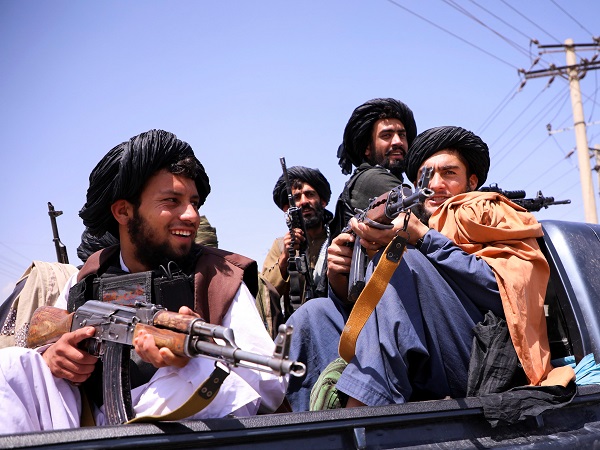Efforts at fomenting terror and the breakup of a country are different from everyday crimes, and need a separate framework of laws to ensure that such activities get snuffed out before serious damage gets done. Not satisfied with the partition of India in 1947 on the specious grounds that Muslims and Hindus form separate nations, those infused with the mindset that created the Two-Nation theory are still at work in India, seeking to cause through their actions further splits and fissures in a country that, although much smaller in size in 1947 than it was in 1935, remains on track to be the third superpower, after the US and the PRC. In such a situation, the need to bring to account those who spread the toxin of religious, regional and caste hatred within the country is obvious. It was no coincidence that the Popular Front of India (PFI) was formed soon after the Students Islamic Movement of India was banned by the authorities. However, merely banning an entity without equal attention being paid to the root causes of its existence and successes is seldom more than a palliative. The PFI, since its inception, expanded through associate bodies into the world of women and students, besides getting involved in politics through the SDPI. Every action by a state or the Central government is studied to determine whether the same could be made a reason for campaigns designed to create divisions within the populace. In 2020, the move by a college in Karnataka to ban the wearing of the hijab in classrooms was seized upon by enthusiasts of the Two-Nation theory as a perfect excuse for carrying forward their refrain that India is “unsafe for minorities”, a conclusion that ignores the reality of minorities in India numbering over 230 million, hardly a symptom that they are unsafe. Such a situation is in contrast to that witnessed in neighbouring countries. In Afghanistan, now that Sikhs and Hindus have been eliminated through conversion, murder or by forcing them to flee, the focus of attention of fanatics there is the Hazara community, members of which are in daily danger of losing their lives at the hands of extremists. Not to mention attacks against Tajiks, Uzbeks and Shia in general, a list to which has been added moderate Pashtuns as well. In Pakistan, the proportion of minorities has fallen from nearly 40% before 1947 to hardly 2% now, while the proportion of Hindus in Bangladesh has continued to diminish even after the country got its freedom from the genocidal Pakistan army. Only in Nepal and Sri Lanka is the situation better, in more closely resembling the composite culture and syncretic traditions of India.
Learn to abhor hate. Keep away from the intolerant. Such are the attitudes that need to get inculcated in young minds, not only in families but in school classrooms as well. Textbooks used in Pakistan that seek to create a distorted image of selected faiths and those who practise them need to be not just avoided but pointed to and condemned. The Government of India needs to publicise the toxic textbooks taught in schools in Pakistan as a cautionary tale, and it is inexplicable why previous governments have not done so. Too many such governments ignored the manner in which minorities in particular were treated in Pakistan, a country that was carved out of India explicitly on the grounds of religion. Those who are in organisations such as the PFI need to remember that among the worst sufferers of Partition has been the Muslim community. If the PFI were serious about empowerment, its members ought to have concentrated on setting up engineering, medical and other colleges, not to mention schools, all of which would have curricula suited to the 21st century rather than to the 15th. In all such institutions, admission should be open to those of all faiths. It is limiting to study in an institution where only those belonging to a particular faith are admitted, just as schools and other educational institutions where only the wealthy can afford to study are self-limiting and give an imperfect perspective of the world. In all such institutions, there ought to be a sizeable number of generous scholarships so that those coming from less privileged backgrounds get the opportunity to study there.
In Saudi Arabia, preachers who teach hate rather than harmony have been removed, and such individuals ought not to be permitted to visit India to spread a philosophy of hatred in this country. Using derogatory language about another faith is no way of showing fealty to one’s own. The culture of hate, of religious intolerance and exclusivism, needs to be reduced and eliminated, for such a mindset is the cause of turmoil. Which is why not just the symptoms but the causes of communal disharmony need to be addressed, so that India remains a bastion of harmony, of unity in diversity.
Madhav Das Nalapat
Abhor hate, and avoid the intolerant
- Advertisement -

